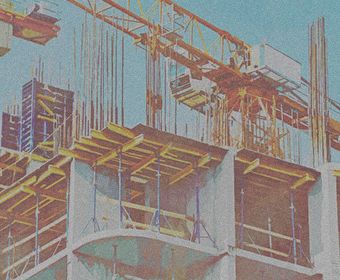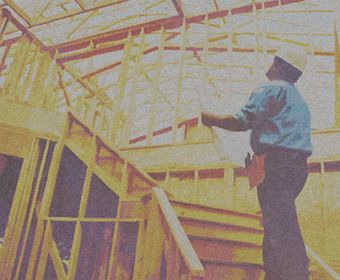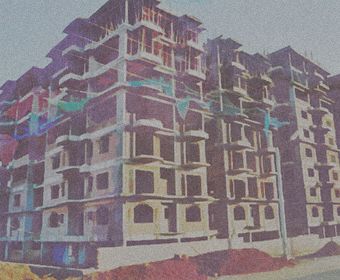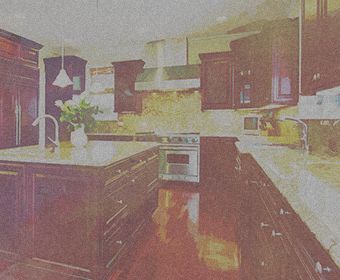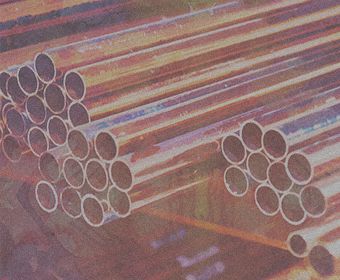Sources
Information Sources
Coming Soon!
U.S. Department of Justice
Bureau of Justice Statistics
National Center for Health Statistics
Occupational Safety & Health Administration (OSHA)
Centers for Disease Control and Prevention
American Bar Association
The Yale Law Journal
King, Joseph H.. “Causation, Valuation, and Chance in Personal Injury Torts Involving Preexisting
Conditions and Future Consequences”. The Yale Law Journal 90.6 (1981): 1353–1397. Web.Columbia Law Review
Franklin, Marc A., Robert H. Chanin, and Irving Mark. “Accidents, Money, and the Law: A Study of the
Economics of Personal Injury Litigation”. Columbia Law Review 61.1 (1961): 1–39. Web.
About the Industry
Let’s look deeper into the industry! We’ll learn what influences the plumbing industries supply and demand, what the average job values are, and what might affect those values over time.
Plumbing specialists service a variety of buildings and structures, as virtually every building in the United States uses some type of plumbing or piping system. As a result, plumbing tends to see a stable and consistent trend in terms of demand. While different plumbing services will have a seasonality to them, the industry itself brings in consistent revenue.
Here are some of the key external drivers that consistently influence the plumbing industry, requiring it to adapt to fluctuations:
Economic Influences
Business opportunities that plumbers pay attention to.
In the plumbing industry, repair work is typically more resistant to economic fluctuations as keeping plumbing systems in working order is considered essential for maintaining quality of life in any household. As a result, revenue from repairs and maintenance have provided the industry with a stable source of income, even when the housing market begins to experience volatility.
Regular maintenance work is often undertaken on a regular, fixed-period or contract basis for commercial plumbers as well. These could come in the form of supermarkets or warehouses that require regular, but extensive plumbing needs. Commercial plumbers may also rely on the residential market on a relatively irregular basis as each project will offer additional revenue for the duration of the project.
Seasonality also comes into play. Demand for maintenance activity can also vary on a seasonal basis as temperatures move into extremes, leading to a greater prevalence of broken or frozen pipes, as well as equipment failures.

Here is a snapshot of how important this regular work is. Maintenance and repair work performed on existing buildings in residential and commercial markets combined accounted for an estimated 54.3% of the industry's total revenue in 2016.
The estimated nationwide market share is $9,955,000.


20.7%
Existing Residential Building Market
12.7%
Manufacturing and Industrial Buildings
12.5%
Other
11.6%
Retail & Storage Spaces
11.6%
Office Buildings
11.2%
New Residential Building Market
19.7%
Healthcare, Educational, and Public Safety Buildings
An ongoing obstacle for businesses in these industries is a lack of skilled professionals. As a result, we will continue to see strong job growth estimates. From a commercial standpoint, demand for jobs and services will generate from both new building projects as well as older buildings with newly required higher efficiency standards. From a residential perspective, repair and maintenance work on aging homes will continue to push the industry.
Here are some examples of the leading plumbing franchises in the United States.

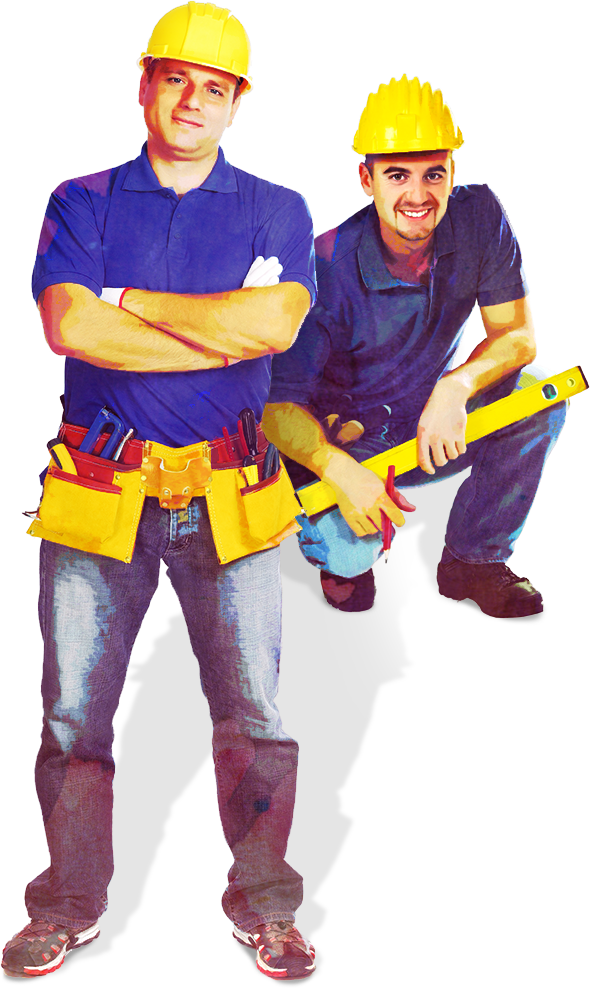
Plumbing and HVAC (Heating, Ventilation, and Air Conditioning) contractors, are often grouped together as an industry. It’s quite a natural fit! Plumbers install and repair bathroom and kitchen fixtures and may install gas appliances, while HVAC contractors repair and install air conditioning, furnaces and refrigeration systems. The two industries complete the comfort needs within a commercial or residential building.
In 2014, the HVAC industry accounted for jobs.
HVAC is expected to grow % by 2024.
The plumbing sector accounted for about jobs.
Plumbing is expected to grow by % over the same time period.
The two industries combined accounted for $174 billion in revenue in 2014 and consequently rely on the same commercial and residential influences.

Industry growth, codependents, and more!
The Industry
While your geographic location and severity or depth of repairs, replacement or installation may influence the cost of service1, here are some general job values that can create some ballpark numbers for you to visualize as you begin to determine your client's’ return on investment:
What does it all cost?
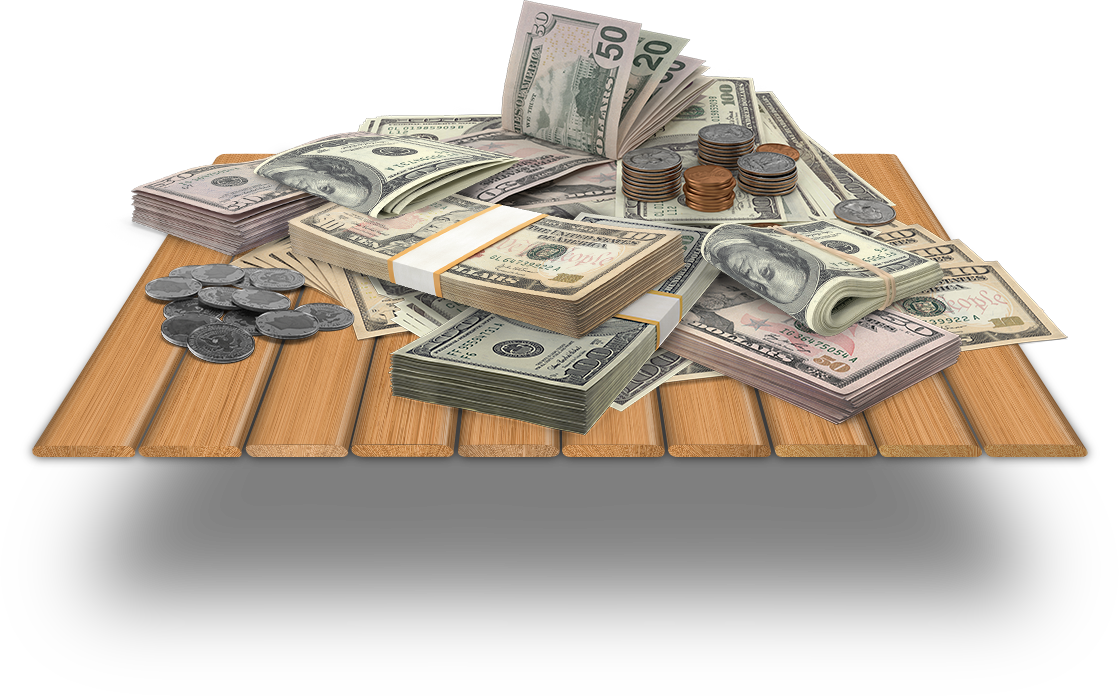
1Cost can be influenced by a number of other factors, allow extra budget for other work, such as tiling, rendering or painting after your plumbing job is complete.
$60 to $140
to fix a dripping faucet or leaking toilet.
$160 to $550
to install a toilet, basin, sink or bath.
$3,500 to $12,000
to install a solar hot water system - this greatly depends on the size and complexity of the system.
$5,000 to $20,000
to replace an entire drainage system.
$6,000 to $12,000
for re-plumbing an entire house - greatly dependent on the complexity of the piping and features required.
$1,200 to $4,500
to replace a water heater.
$80 to $250
to replace and fit bath or basin faucets or a new shower head.
